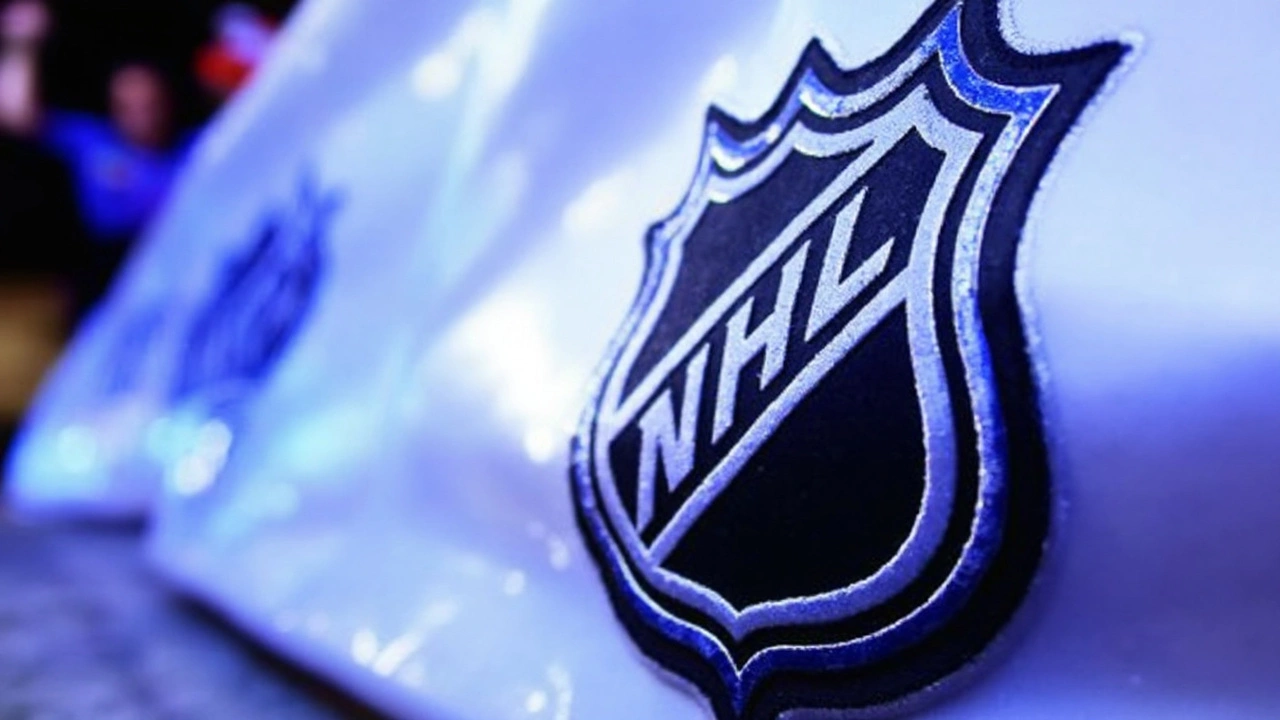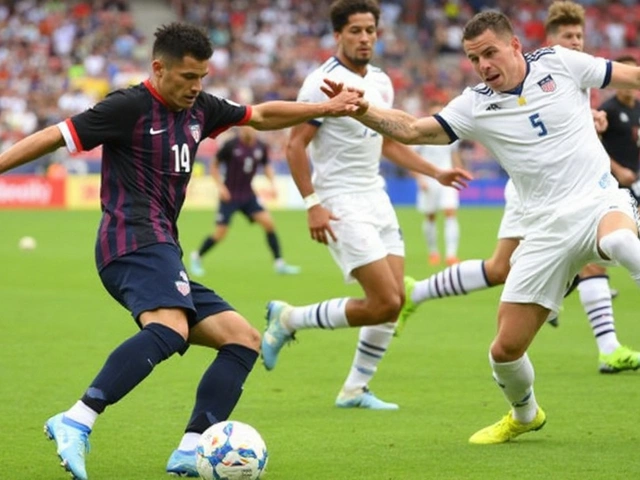NHL Playoffs 2025: Opening Drama, Bracket Battles, and How Teams Made the Cut
The NHL Playoffs 2025 didn’t ease fans in—the action fired up right away on April 20, dropping the puck with matchups you’d expect much later in the postseason. If you’re hoping this year is business as usual, think again. The regular season ended with a traffic jam at the top and a Wild Card race that only found clarity thanks to those sometimes-controversial NHL tiebreakers.
Let’s start in the East, where the Atlantic Division’s top dog, the Toronto Maple Leafs, got the honor (or headache?) of facing the Ottawa Senators, who clawed their way in as a Wild Card. Toronto’s 51-26-4 record set the pace—and with 106 points, that’s no small feat in a season where even the Wild Cards collected over 90 points. The other Atlantic series isn’t exactly neighborly: Tampa Bay Lightning, a playoff staple, locks horns with the Florida Panthers in a series that already has fans sounding off before the first puck drop.
Heading to the Metropolitan Division, the Washington Capitals—who topped their division with a 51-21-9 run—line up against the Montreal Canadiens. The Carolina Hurricanes, who’ve been circling their opponents all year, are set to meet whichever team survives the Wild Card mess in that side of the bracket.
The West? It’s even wilder. The Winnipeg Jets took the season’s top bragging rights with the Presidents’ Trophy for league-best record, and they didn’t get a break—they ran into the St. Louis Blues, another Wild Card that has nothing to lose and everything to gain. Colorado Avalanche came out flying against the Dallas Stars, thumping them 5-1 in their opener. Add to the mix the Vegas Golden Knights (Pacific Division champs), who have to hold off the Minnesota Wild, while the hard-hitting Los Angeles Kings tangle with the always-dangerous Edmonton Oilers.

Who Got In and Why? Standings, Bracket Structure, and Critical Tiebreakers
This year’s playoff qualifications meant nobody could coast into April. The points race was brutal, with teams earning their berth through wins and overtime/shootout losses, which all get tallied into the final numbers. But there’s a twist: ties in the standings don’t go to a coin flip. The NHL has a firm pecking order for breaking those logjams. First up, how many games did you simply win outright—that’s regulation wins, not padded by overtime or shootouts. If that still doesn’t separate rivals, the next thing they check is how those teams fared head-to-head during the regular season. Still tied? Then goal differential—the total number of goals scored minus goals allowed—becomes the decider.
The NHL bracket brings its own excitement, and this year’s Wild Card battles went right to the wire. In the West, Minnesota, St. Louis, Calgary, and Vancouver all clawed for every precious point in the sprint to the finish. That meant fans were glued to final-night games, constantly refreshing standings and tiebreak settings to see if their team would make it.
Noteworthy early performances? Winnipeg’s top regular season didn’t guarantee an easy first-round ride, and Toronto’s push for conference supremacy sets up lasting storylines. The series between the Lightning and Panthers, as well as the Kings and Oilers, are already drawing upsets and highlight-reel moments. With Game 3 and 4 just around the corner, every game has started to carry that sudden-death feel—especially for teams barely squeaking through on NHL tiebreakers.
If you’re tracking more than just the results, keep an eye on the specific division showdowns. Some of the best hockey in recent years came from these first-round grudge matches. The bracket is stacked with teams boasting high-powered offenses, clutch goaltending, and a sprinkle of playoff unpredictability. When every win counts, and a single goal can flip the script, nobody’s safe until the final buzzer.





